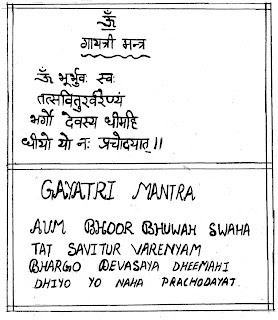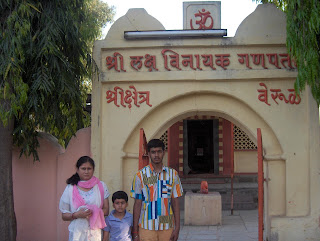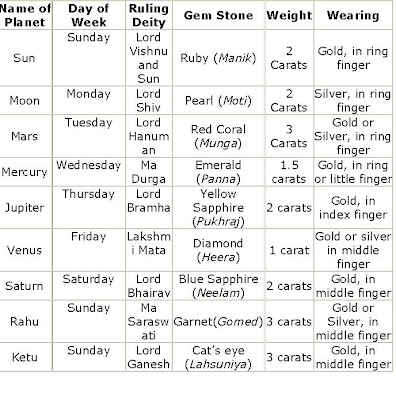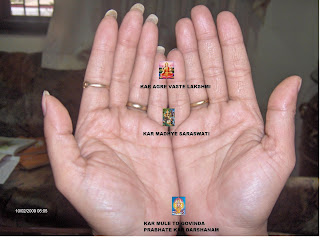Having explained the rationale behind Lighting a Lamp daily before the altar of the lord or before start of any auspicious functions ; having Prayer room in our houses ; Namaste greetings and prostration before parents and elders , I now explain scientifically , rationally and logically the significance of :-
I ) Offering Food to Lord before eating :-
Indians make an offering of food to the lord and later eat it as prasaada – a holy gift from the Lord. In our daily ritualistic worship ( pooja ) too we offer naivedyam ( food ) to the Lord. The lord is omnipotent and omniscient . Man is a part , while the Lord is the totality. All that we do is by his strength and knowledge alone. Hence what we receive in life as a result of our actions is really his only. We acknowledge this through the act of offering food to him.
Knowing this our entire attitude to food and the act of eating changes. The food offered will naturally be pure and the best. We share what we get with others before eating it. We do not demand , complain or criticize the quality of the food we get. We eat it cheerfully accepting it as prasaada of Lord. Anything offered to God during puja or worship falls under the category of bhoga. The word bhoga means enjoyment and pleasure. In other words, while worshipping we offer enjoyable, pleasing things, to the Deity, such as fragrant incense and flowers, nice cloth, jewels, fresh milk, delicious foods, and so on. All of these things are different forms of bhoga, enjoyment. Once these things have been offered they cease to be bhoga, but instead become prasada. The word prasada means mercy, grace, and blessings. So once an article of bhoga has been offered to God it become prasada, a form of blessings or mercy. So we might say that during worship we offer enjoyment to God and receive blessing in return. Receiving blessings is a good thing! And so we offer food to God before we eat so that our eating is not just ordinary eating but “spiritualized” eating.
Before we partake of our daily meals we first sprinkle water around the plate as an act of purification. Five morsels of food are placed on the side of the plate acknowledging the debt owed by us to the divine forces for their benign grace and protection , our ancestors for giving us their lineage and family culture , the sages as our religion and culture have been realized , attained and handed down to us by them , our fellow beings who constitute society without the support of which we could not live as we do and other living beings for serving us selflessly.
Thereafter the Lord the life force who is also within us as the five life –giving physiological functions , is being offered the food. After offering the food thus , it is eaten as prasaasda – blessed food.
II ) Fasting – Most devout Indians fast regularly or on special occasions like festivals. On fasting days they do not eat at all , eat once or eat only fruits or have a special diet of simple food.
Fasting in Sanskrit is called upavaasa. Upa means “near “ and vaasa means “ to stay “.Upavaasa “ therefore means staying near the lord , meaning the attainment of close mental proximity with the lord. Then the question is , what has upavaasa to do with food ? A lot of our time and energy is spent in procuring food items ,preparing , cooking , eating and digesting food. Certain food types make our minds dull or agitated. Hence on certain days man decides to save time and conserve his energy by eating either simple , light food or totally abstaining from eating so that the mind is alert and pure. The mind , otherwise pre-occupied by the thought of food, now entertains noble thoughts and stays with the Lord. Since it is a self-imposed form of discipline it is usually adhered to with joy.
Also every system needs a break and an overhaul to work at its best. Rest and a change of diet during fasting is very good for the digestive system and the entire body.
The more you indulge the senses , the more they make their demands , fasting helps us to cultivate control over our senses , sublimate our desires and guide our minds to be poised and at peace.
Fasting should not make us weak , irritable or create an urge to indulge latter. This happens when there is no noble goal behind fasting.
The Bhagavad-Gita urges us to eat appropriately – neither too less nor too much – yukta aahaara and to eat simple , pure and healthy food ( a saatvik diet ) even when not fasting.
Fasting for religious and spiritual reasons has been a part of human custom since pre-history. It is mentioned in the Bible, the Quran, the Mahabharata, and the Upanishads. Fasting is also practiced in many other religious traditions and spiritual practices
Fasting is a very integral part of the Hindu religion. Individuals observe different kinds of fasts based on personal beliefs and local customs. Some are listed below.
1) Some Hindus fast on certain days of the month such as Ekadasi or Purnima.
2) Certain days of the week are also set aside for fasting depending on personal belief and favorite deity. For example, devotees of Shiva tend to fast on Mondays, while devotees of Vishnu tend to fast on Fridays or Saturdays.
3) Thursday fasting is very common among the Hindus of northern India. On the Thursday fasters also worship Vrihaspati Mahadeva. They wear yellow clothes, and meals with yellow colour are preferred. Women worship the banana tree and water it.
4) Fasting during religious festivals is also very common. Common examples are Maha Shivaratri or the 9 days of Navaratri (which occurs twice a year in the months of April and October/November ). Karwa Chauth is a form of fasting unique to the northern part of India where married women undertake a fast for the well-being, prosperity, and longevity of their husbands. The fast is broken after the wife views the moon through a sieve after sunset.
5) In the state of Andhra Pradesh, the month of Kaarthika, which begins with the day after Deepavali is often a period of frequent (though not necessarily continuous) fasting for some people, especially women. Common occasions for fasting during this month include Mondays (for Lord Shiva), the full-moon day of Karthika and the occasion of Naagula Chaviti.
Methods of fasting also vary widely and cover a broad spectrum. If followed strictly, the person fasting does not partake any food or water from the previous day's sunset until 48 minutes after the following day's sunrise. Fasting can also mean limiting oneself to one meal during the day and/or abstaining from eating certain food types and/or eating only certain food types.














